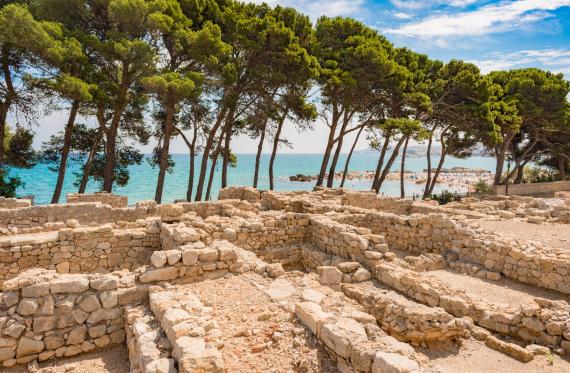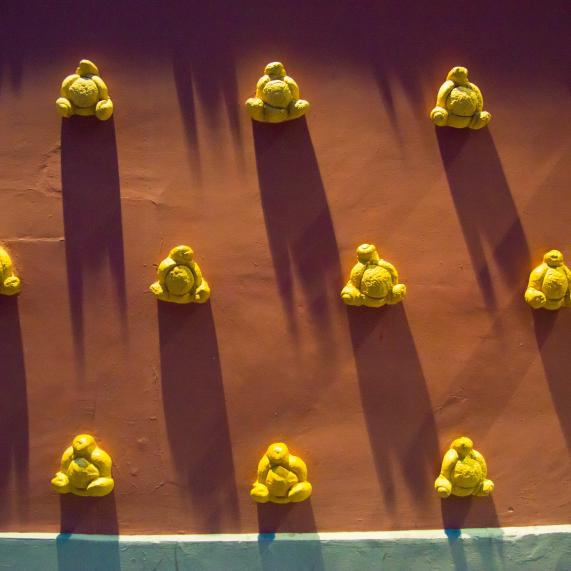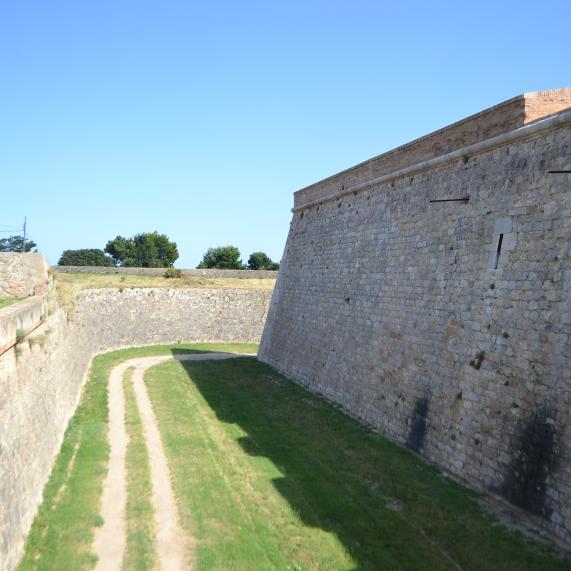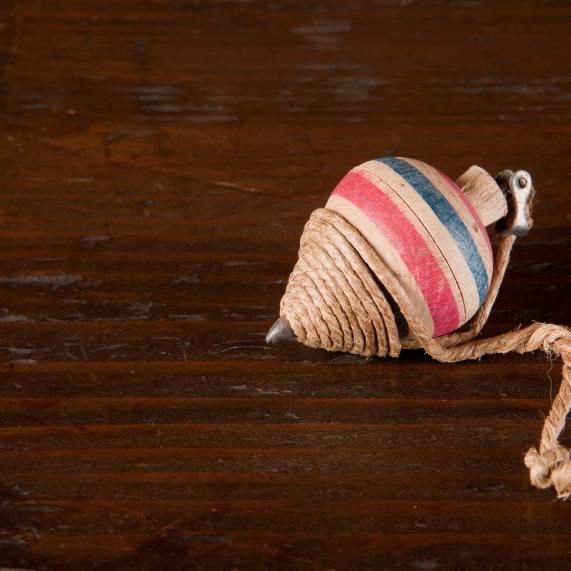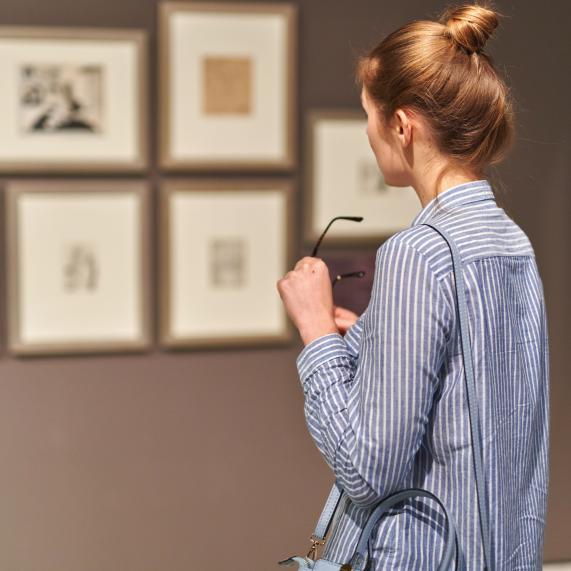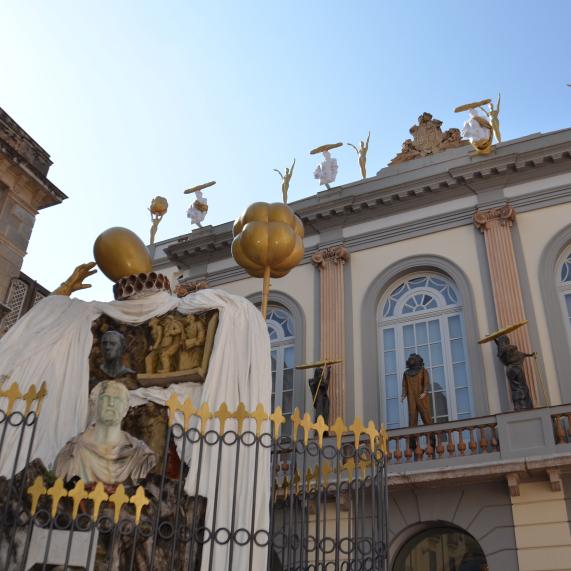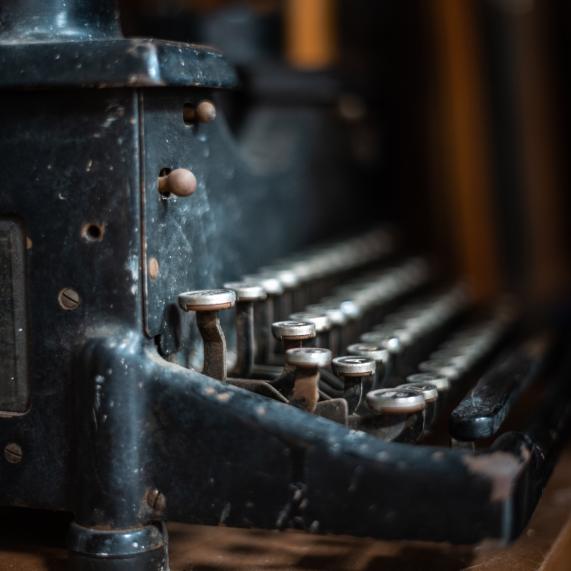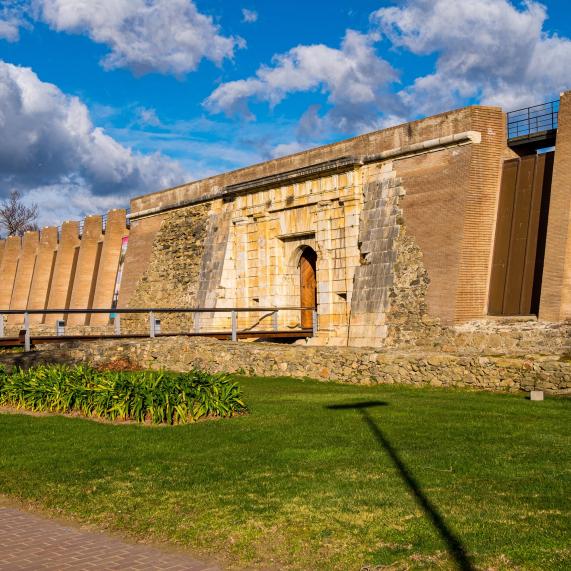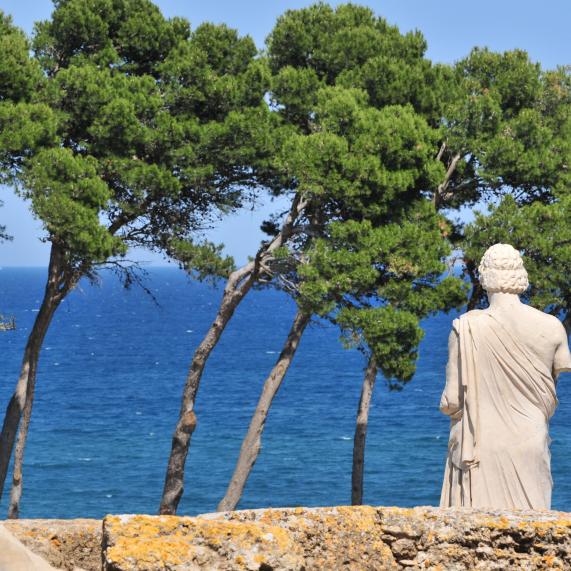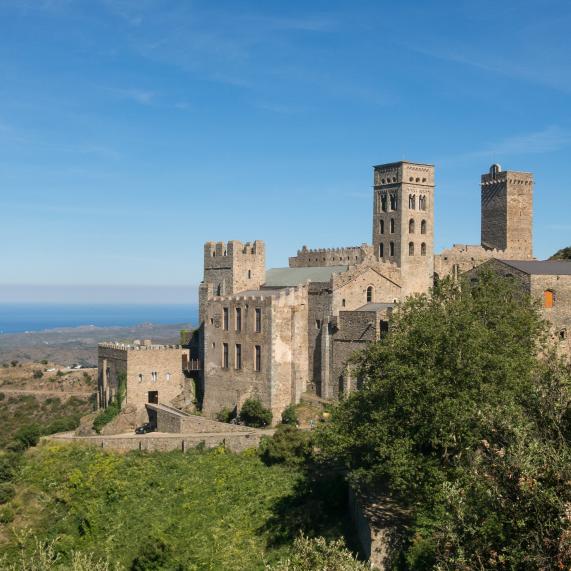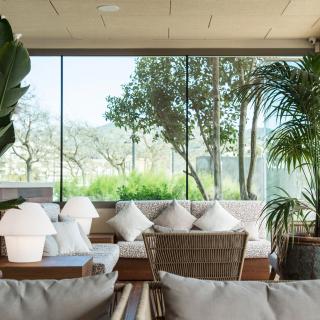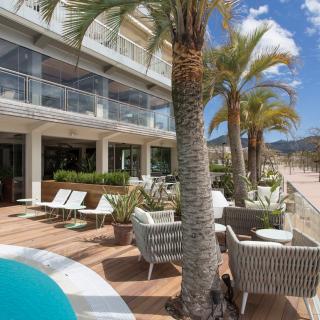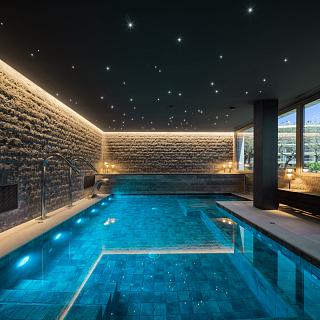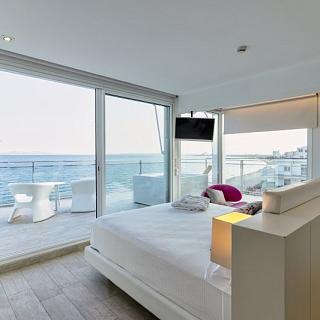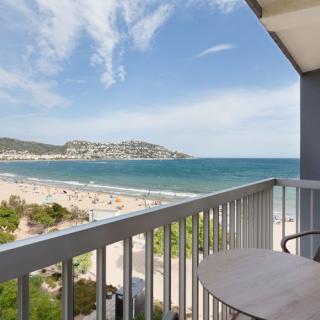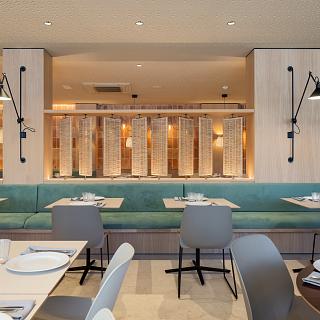Wine tourism
And if you are interested in wine culture, high quality wines are produced in the whole area of Empordà, thanks to the land where the vineyards are located.
These are wines with the Designation of Origin status [DO] Empordà, which is over 30 years old and caters for 55 municipalities in the Baix Empordà. Favoured by the north wind, blowing every day in the two regions, the vineyards are immaculately maintained throughout the year, while the resulting wines are characterized by being sweet and natural.
It is highly recommended to visit one of the many vineyards in the area, where for an affordable price you can have lunch in the vineyard, take a guided tour and, finally sample the wines to taste this special Designation of Origin.



